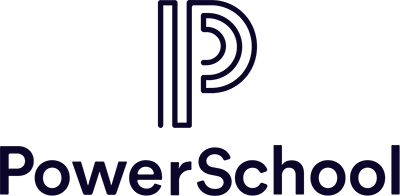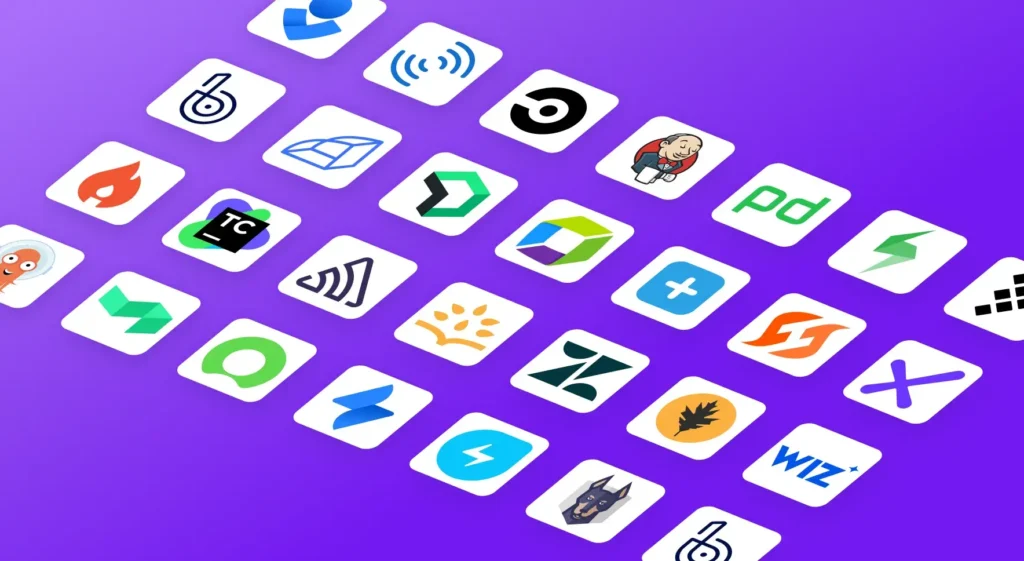Taking control of a growing roadmap
What do more than 55 million students across more than 90 different countries have in common? Their schools use cloud-based software from PowerSchool to provide personalized educational experiences. Founded in 1997, PowerSchool has since grown to offer a comprehensive set of software solutions for teachers, administrators, and families.
PowerSchool grew through a series of acquisitions and new product features, adopting an ambitious strategy to fully meet the software needs of their customers. In order to build those features and support their growing roadmap, PowerSchool’s engineering team had to expand quickly. Ashton Santee, Senior Program Manager at PowerSchool, has watched that expansion first-hand since joining the company eight years ago.
“In the last eight years, we’ve gone from having a couple dozen developers to a global team of 850 active developers,” said Santee. “We also have architects, QA staff, and UX teams that help build and deliver more products, better.”
For PowerSchool, that rapid increase in headcount — as well as their growing product roadmap — made it much harder to keep track of where engineers were spending their time. That lack of clarity had serious consequences: not just for engineering managers who wanted to understand what their teams were working on, but also for finance leaders who needed to account for engineering work for software capitalization. PowerSchool turned to Jellyfish to address some of their biggest headaches.
Overcoming manual time-tracking and misleading allocations
Before Jellyfish, PowerSchool’s engineers had to take a tedious, manual approach to tracking their time. Each individual engineer would spend an hour per month recording what they were working on at a given moment. Engineering managers would then collect the time tracking data into spreadsheets and spend hours validating the information before passing it on to finance. The end result was accurate, but the effort added up to hundreds of hours that PowerSchool’s engineers could have been spending on other work.
Because of the company’s rapid growth and huge product suite, PowerSchool also had trouble keeping work organized and making sense of who was working on what initiative. When they began using Jellyfish, they found that many tickets were orphaned without being tied to an initiative. This meant that engineering leaders didn’t have a clear picture of how much work was going towards innovation and how much was being spent on support and keeping the lights on.
“The allocation of the investment category is the top priority for our leaders, making sure we’re investing in the right areas,” said Santee. “We’re now up to 40 products broken into seven solution groups.”
Ashton Santee Senior Program ManagerJellyfish gives us better insights into how the company is spending innovation dollars, which products and teams are driving innovation, and how we can reward those efforts.
PowerSchool took a methodical approach to rolling out Jellyfish both for software capitalization and for their product roadmap. They spent a full year collecting and verifying the data for software capitalization before officially starting to use the reporting, and they embarked on a comprehensive, quarter-long clean-up of tickets to ensure they were getting the most possible value out of their engineering data.
More time for innovation with DevFinOps
Jellyfish DevFinOps allowed PowerSchool to stop making engineers track their time manually. That automation has added up to enormous time savings: the company saves 1,000 development hours every month that otherwise would have been spent on time tracking. That time savings directly translates to more opportunity for innovation. “Those 1,000 development hours add up to quite a cost savings, and it gives us a lot more opportunity to push story points through,” said Santee.
Santee worked together with key managers throughout the organization to validate the DevFinOps data. The managers were comforted to find that the data from Jellyfish aligned with what they were previously seeing in their manual time tracking and spreadsheets. The benefit was twofold: they knew they had the right data for software capitalization, and they knew they could now collect that data in a fraction of the time.
After cleaning up their internal issue tracking, PowerSchool has been able to use Jellyfish data to drive alignment between engineering, solution and product teams. The data allows the leaders to discuss product roadmap, customer sentiment, and the challenges they’re facing — Jellyfish shows the cross-functional leaders where they might have anomalies or where they could improve their allocations.
Ashton Santee Senior Program ManagerJellyfish helps us identify when things aren’t right, and that’s a big win for individual teams.
Moving forward with allocations and DevEx
PowerSchool’s embrace of DevFinOps had an immediate impact on their developer experience — engineers can now focus on the work that matters most to them instead of manual time tracking. But for PowerSchool, this is only the beginning. The company is currently planning a survey using Jellyfish DevEx to uncover other opportunities to improve the developer experience.
For Santee, the most exciting opportunity is the ability to combine the feedback from DevEx surveys with the allocations data they already have in Jellyfish. Combining qualitative feedback with quantitative insights will allow the company to improve business outcomes and the developer experience simultaneously. “We’re looking at how to use Jellyfish in that feedback loop,” said Santee. “DevEx will show us where our engineers want to see improvements, then our leaders can make adjustments to allocations to meet the needs of the business while also satisfying what our staff needs.”





